Home>Gardening & Outdoor>Landscaping Ideas>When To Apply Moss Out To Lawns
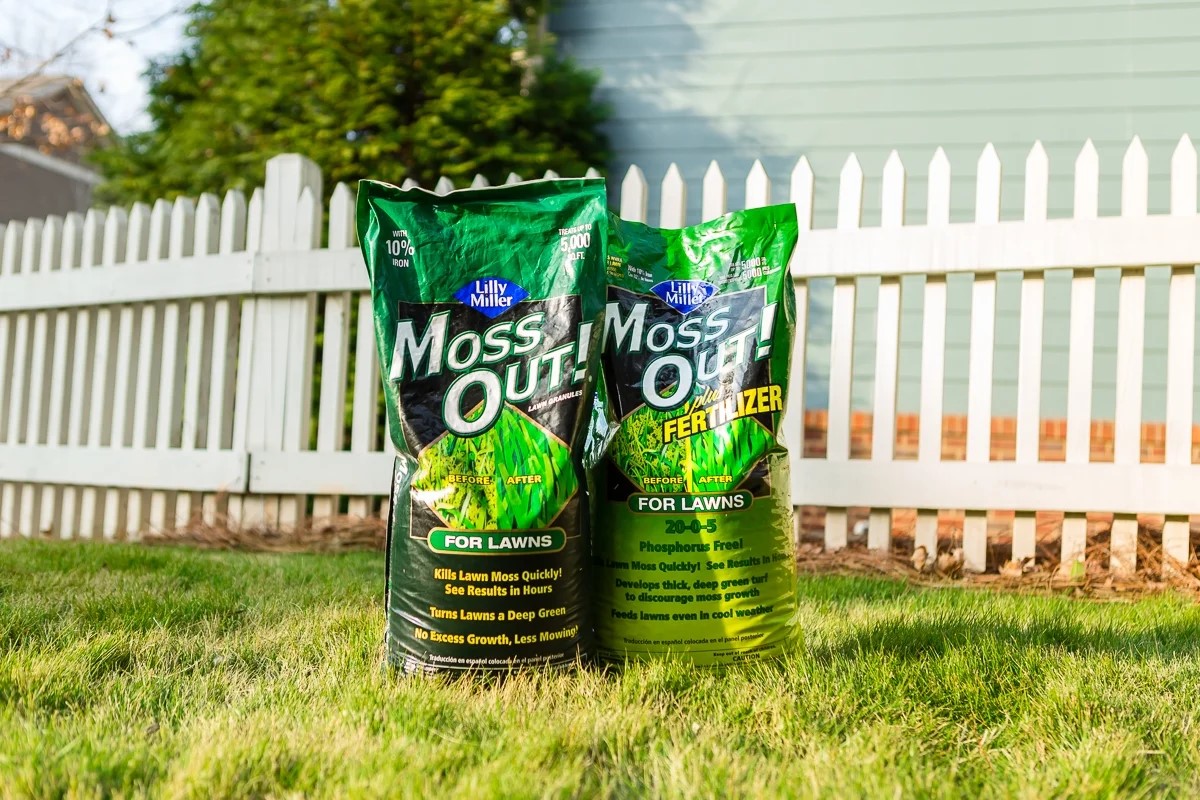

Landscaping Ideas
When To Apply Moss Out To Lawns
Published: December 25, 2023
Learn when to apply Moss Out to lawns for effective landscaping ideas. Find the best timing and methods for a healthy, moss-free lawn.
(Many of the links in this article redirect to a specific reviewed product. Your purchase of these products through affiliate links helps to generate commission for Storables.com, at no extra cost. Learn more)
Introduction
Welcome to the world of lush green lawns and vibrant garden landscapes! As a homeowner, you understand the importance of maintaining a healthy and visually appealing lawn. However, the presence of moss in lawns can be a persistent challenge for many garden enthusiasts. Moss, with its velvety appearance, can detract from the overall beauty of your lawn and indicate underlying issues that need to be addressed.
In this comprehensive guide, we will delve into the intricacies of moss in lawns and explore the best practices for applying Moss Out to rejuvenate your outdoor space. Whether you're a seasoned gardener or just embarking on your landscaping journey, understanding the nuances of moss control is essential for achieving a thriving and verdant lawn.
Join us as we navigate through the fundamentals of moss management, uncovering the optimal timing for applying Moss Out, and providing valuable insights into the post-application care that will ensure your lawn remains healthy and moss-free. Let's embark on this enlightening journey to transform your lawn into a flourishing oasis of natural beauty!
Key Takeaways:
- Timing is crucial when applying Moss Out to lawns, with early spring and fall being the best seasons. Avoid summer heat and drought, and consider applying before rainfall for optimal results.
- After applying Moss Out, monitor your lawn’s response, fertilize, aerate, overseed, optimize sunlight exposure, and implement preventative measures to maintain a healthy, moss-free lawn.
Read also: 15 Amazing Moss Out For Lawns For 2024
Understanding Moss in Lawns
Moss is a primitive, non-vascular plant that thrives in damp, shaded, and compacted soil conditions. It often makes its presence known in lawns that receive limited sunlight and suffer from poor drainage. Unlike grass, moss lacks true roots, stems, and leaves, relying on moisture and nutrients absorbed through its delicate, velvety surface. Its ability to quickly colonize bare or thin areas of the lawn makes it a common sight in many gardens.
When left unchecked, moss can outcompete grass, leading to the formation of dense patches that impede healthy turf growth. Its resilience in adverse conditions, such as acidic or compacted soil, further adds to the challenge of eradicating it from lawns. Understanding the underlying causes of moss infestation is crucial for implementing effective control measures and preventing its recurrence.
Moreover, the presence of moss can serve as a visual indicator of underlying lawn issues, such as excessive thatch buildup, poor soil aeration, or inadequate sunlight exposure. By recognizing these contributing factors, homeowners can take proactive steps to address the root causes of moss proliferation and create an environment conducive to robust grass growth.
As we venture deeper into the realm of moss management, we will explore the pivotal factors to consider before applying Moss Out to restore the vitality of your lawn. By gaining a comprehensive understanding of moss in lawns, you will be better equipped to embark on a journey towards a resilient, moss-free turf that exudes natural splendor.
Factors to Consider Before Applying Moss Out
Before embarking on the application of Moss Out to address moss infestation in your lawn, it is essential to assess several key factors that can influence the efficacy of the treatment. By carefully considering these elements, you can tailor your approach to target the underlying causes of moss proliferation and pave the way for a healthier, more resilient lawn.
- Soil Acidity: Moss thrives in acidic soil conditions, making it imperative to test the pH levels of your lawn. Acidic soil not only provides an ideal environment for moss growth but also hinders the ability of grass to flourish. By addressing soil acidity, you can create a less hospitable habitat for moss while promoting the optimal growth of grass.
- Drainage: Inadequate drainage can contribute to waterlogged soil, creating a conducive environment for moss to thrive. Assess the drainage patterns in your lawn and take measures to improve water movement, such as aerating compacted soil and ensuring proper grading to prevent water accumulation.
- Thatch Accumulation: Excessive thatch, a layer of dead grass and organic debris, can impede water and nutrient penetration, promoting moss growth. Prior to applying Moss Out, consider dethatching your lawn to alleviate this barrier and create an environment conducive to healthy turf growth.
- Shade and Sunlight: Moss flourishes in shaded areas where grass struggles to thrive. Evaluate the sunlight exposure in your lawn and consider measures to enhance light penetration, such as pruning overhanging branches or selecting shade-tolerant grass varieties.
- Underlying Lawn Health: Assess the overall health of your lawn, including the vitality of the grass, presence of compaction, and any signs of nutrient deficiencies. Addressing these underlying issues will create a more favorable environment for grass to flourish, reducing the likelihood of moss encroachment.
By meticulously evaluating these factors, you can gain valuable insights into the root causes of moss infestation and tailor your approach to moss control accordingly. This proactive assessment sets the stage for a targeted and effective application of Moss Out, laying the groundwork for a revitalized and resilient lawn.
Best Time to Apply Moss Out to Lawns
Timing plays a pivotal role in the successful application of Moss Out to combat moss in lawns. Selecting the optimal season and weather conditions ensures that the treatment can effectively target existing moss while creating an inhospitable environment for its regrowth. By aligning the application with the natural growth cycles of moss and grass, homeowners can maximize the efficacy of Moss Out and promote the revitalization of their lawns.
Early Spring and Fall: These transitional seasons mark ideal periods for applying Moss Out, as moss tends to be most active during cool, damp conditions. Early spring applications target moss that has thrived during the winter months, while fall treatments prepare the lawn for the following spring by addressing existing moss and preventing its resurgence. Additionally, cooler temperatures during these seasons minimize the risk of stress on the grass, allowing for a more targeted approach to moss control.
Avoiding Summer Heat and Drought: It is advisable to refrain from applying Moss Out during the peak of summer, especially in regions prone to high temperatures and drought conditions. The stress imposed on the grass by intense heat and limited moisture can diminish its ability to recover from the treatment, potentially exacerbating lawn health issues. By strategically timing the application outside of the summer months, homeowners can safeguard the well-being of their grass while effectively addressing moss infestation.
Preceding Rainfall or Irrigation: Applying Moss Out shortly before anticipated rainfall or irrigation can enhance its effectiveness by facilitating the penetration of the treatment into the soil and targeting the underlying moss. The moisture provided by rainfall or irrigation aids in activating the treatment, ensuring thorough coverage and absorption into the affected areas of the lawn.
By aligning the application of Moss Out with the seasonal dynamics of moss growth and the well-being of the grass, homeowners can optimize the impact of the treatment while minimizing potential stress on the lawn. This strategic timing sets the stage for a successful intervention, laying the groundwork for a vibrant and moss-free lawn.
Apply Moss Out to lawns in the early spring or fall when moss is actively growing. Avoid applying during hot, dry periods or when rain is expected within 24 hours.
How to Apply Moss Out to Lawns
Applying Moss Out to lawns requires a systematic approach to ensure thorough coverage and effective moss control. By following these steps, you can maximize the impact of the treatment and promote the rejuvenation of your lawn, creating an environment conducive to healthy grass growth.
- Preparation: Begin by carefully assessing the extent of moss infestation in your lawn. Identify areas where moss has proliferated and evaluate the underlying factors contributing to its growth, such as shade, soil compaction, or poor drainage. This assessment will guide the targeted application of Moss Out to address the specific areas of concern.
- Mowing: Prior to applying Moss Out, mow the lawn to a suitable height, allowing the treatment to reach the soil and moss effectively. Avoid mowing immediately after the application to allow the product to penetrate and take effect.
- Application: Apply Moss Out evenly across the affected areas of the lawn, ensuring comprehensive coverage of the moss-infested patches. Follow the manufacturer’s guidelines regarding the application rate and consider using a spreader for larger lawn areas to achieve uniform distribution.
- Watering In: After applying Moss Out, lightly water the treated areas to activate the product and facilitate its penetration into the soil. This step aids in reaching the underlying moss and creates an environment that discourages its regrowth.
- Post-Application Observations: Monitor the treated areas in the following weeks, observing the response of the moss and grass to the treatment. Depending on the severity of moss infestation, a second application of Moss Out may be necessary to achieve comprehensive control and promote the resurgence of healthy turf.
By meticulously following these steps, homeowners can execute a targeted and effective application of Moss Out, addressing moss infestation while fostering the revitalization of their lawns. This proactive approach sets the stage for a resilient and vibrant turf, free from the encumbrance of moss and primed for healthy growth.
Read more: When To Apply Grub Control For Lawns
Post-Application Care for Lawns
Following the application of Moss Out, proactive post-treatment care is essential to nurture the recovery of your lawn and prevent the resurgence of moss. By implementing targeted post-application measures, homeowners can create an environment conducive to the revitalization of the grass and the suppression of moss regrowth, fostering the long-term health and beauty of their outdoor space.
- Monitoring and Maintenance: Regularly monitor the treated areas, observing the response of both the moss and grass to the application of Moss Out. Keep a keen eye on the regrowth of moss and the recovery of the grass, adjusting maintenance practices as needed to support the health of the lawn.
- Fertilization and Aeration: Consider fertilizing the lawn to promote the vigorous growth of grass, aiding in the natural suppression of moss. Additionally, aerating compacted soil can enhance drainage and alleviate conditions favorable to moss, contributing to the overall resilience of the turf.
- Overseeding: In areas where moss has impeded healthy grass growth, overseeding can help replenish the turf, filling in bare patches and bolstering the density of the lawn. Selecting grass varieties suited to the specific light and soil conditions of your lawn can fortify its resilience against moss encroachment.
- Optimizing Sunlight Exposure: Address any overhanging branches or structures that obstruct sunlight, limiting grass growth and promoting moss development. Pruning vegetation and strategically enhancing sunlight penetration can create an environment conducive to robust turf growth, minimizing the susceptibility to moss infestation.
- Preventative Measures: Implement preventive strategies to deter the recurrence of moss, such as adjusting irrigation practices to minimize waterlogging, addressing soil acidity through targeted amendments, and promoting proper lawn maintenance to sustain the health and vitality of the turf.
By integrating these post-application care practices into your lawn maintenance routine, you can bolster the recovery of your turf while mitigating the risk of future moss infestation. This proactive approach not only nurtures the resilience and vibrancy of your lawn but also fosters a sustainable environment that thrives in natural splendor, free from the encumbrance of moss.
Conclusion
Embarking on the journey to combat moss infestation in your lawn is a testament to your commitment to nurturing a vibrant and resilient outdoor space. By delving into the intricacies of moss control and applying targeted interventions, you have the power to transform your lawn into a flourishing oasis of natural beauty. Through the strategic application of Moss Out and proactive post-treatment care, you can create an environment conducive to healthy grass growth while minimizing the susceptibility to moss encroachment.
As you navigate the dynamic landscape of lawn care, remember that moss management is a multifaceted endeavor that requires a deep understanding of the underlying factors contributing to its proliferation. By addressing soil acidity, improving drainage, promoting sunlight exposure, and nurturing the overall health of your lawn, you are laying the groundwork for sustained resilience and vitality.
Embrace the opportunity to monitor the response of your lawn to the application of Moss Out, adjusting your maintenance practices to support the recovery of the turf and bolster its natural defenses against moss. By integrating fertilization, aeration, overseeding, and targeted preventative measures, you are cultivating an environment that thrives in natural splendor, free from the encumbrance of moss.
As you witness the revitalization of your lawn and the suppression of moss regrowth, take pride in the transformative impact of your dedicated efforts. Your commitment to fostering a vibrant and moss-free turf sets the stage for an outdoor space that exudes natural beauty and invites moments of tranquil respite amidst the splendor of nature.
Let the resilience and verdant allure of your lawn stand as a testament to your unwavering dedication to creating a harmonious and captivating outdoor sanctuary. As you continue your journey in the realm of lawn care, may your efforts yield a tapestry of natural splendor that enriches your daily experience and inspires admiration from all who behold its captivating allure.
Frequently Asked Questions about When To Apply Moss Out To Lawns
Was this page helpful?
At Storables.com, we guarantee accurate and reliable information. Our content, validated by Expert Board Contributors, is crafted following stringent Editorial Policies. We're committed to providing you with well-researched, expert-backed insights for all your informational needs.
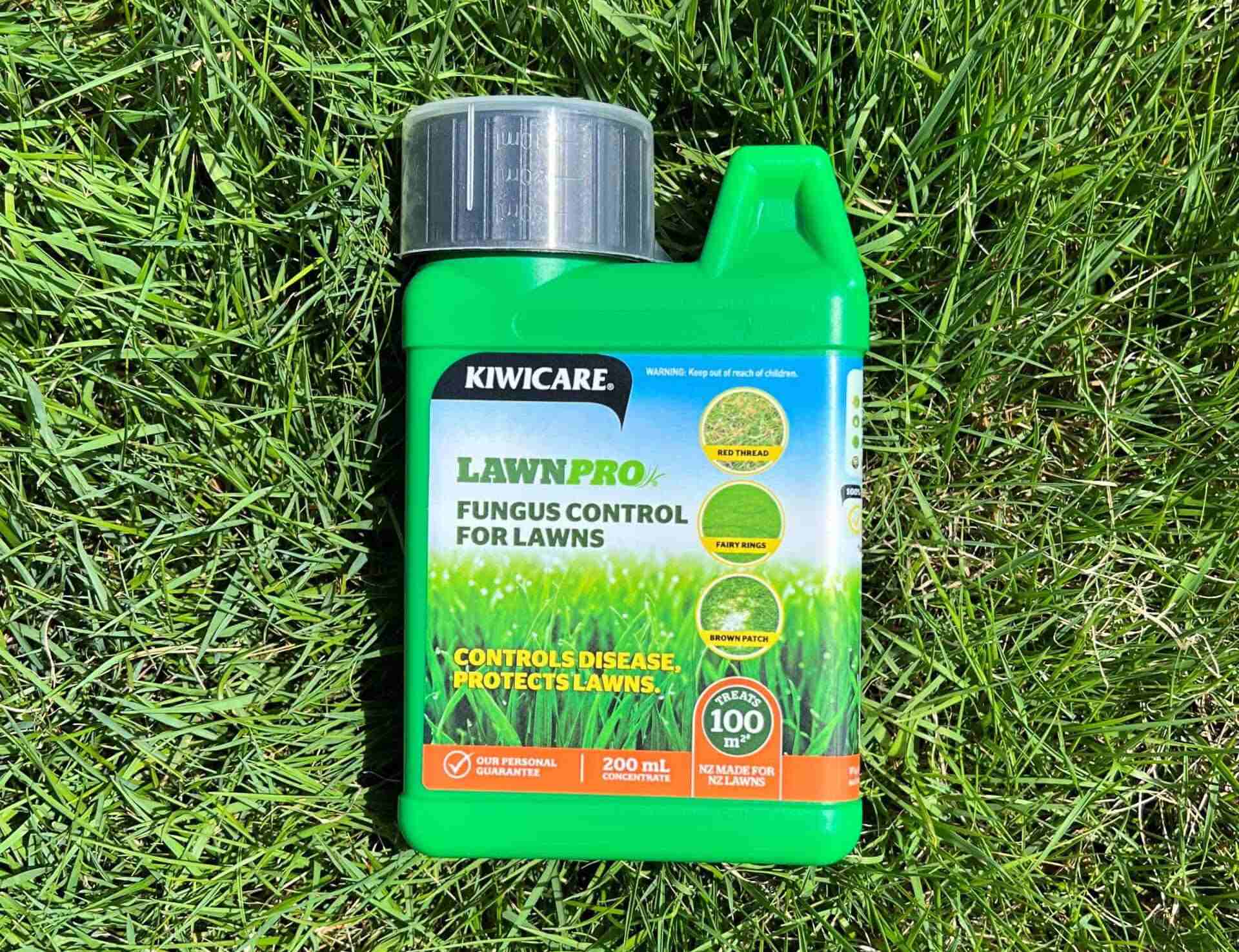
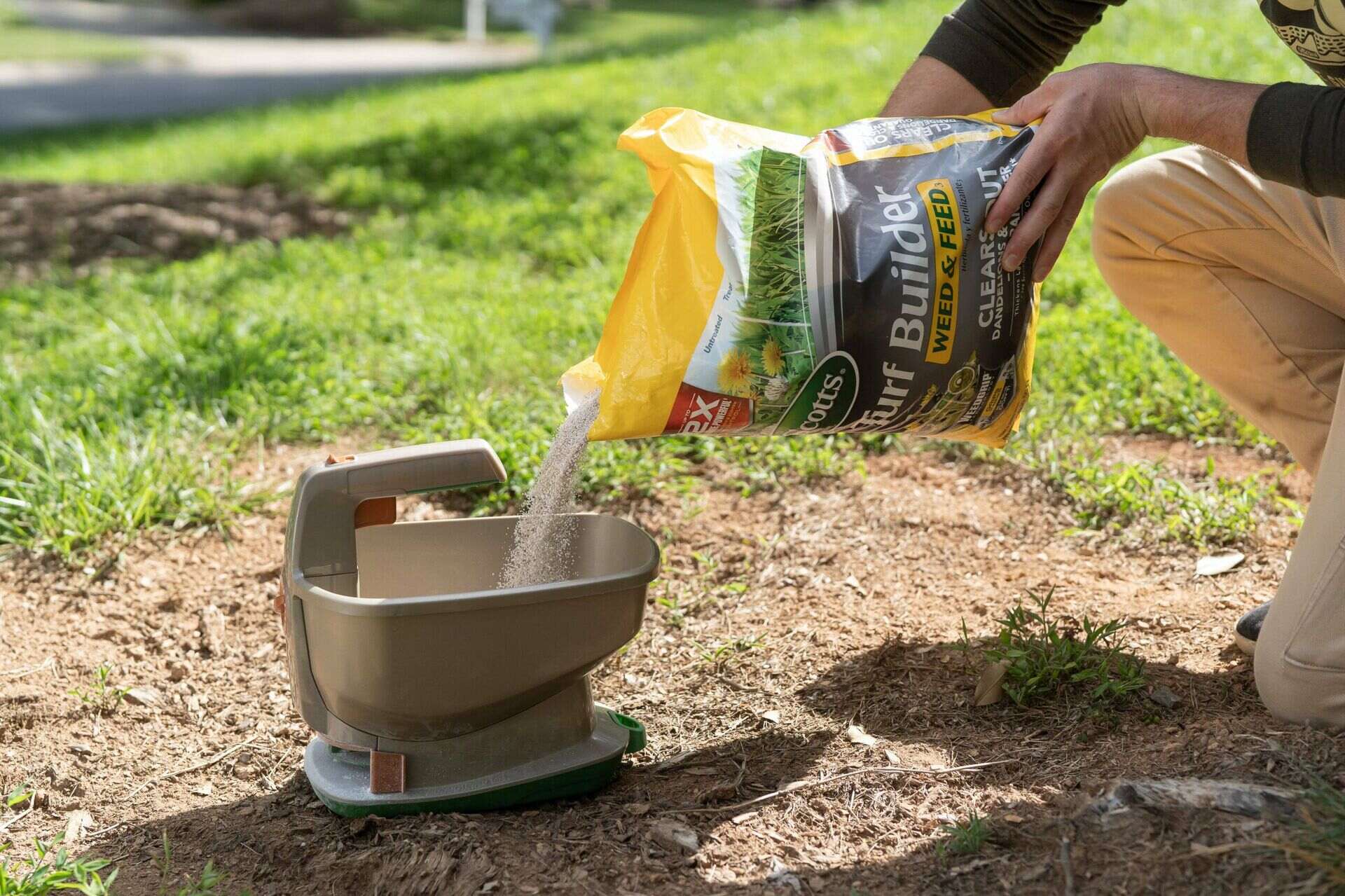
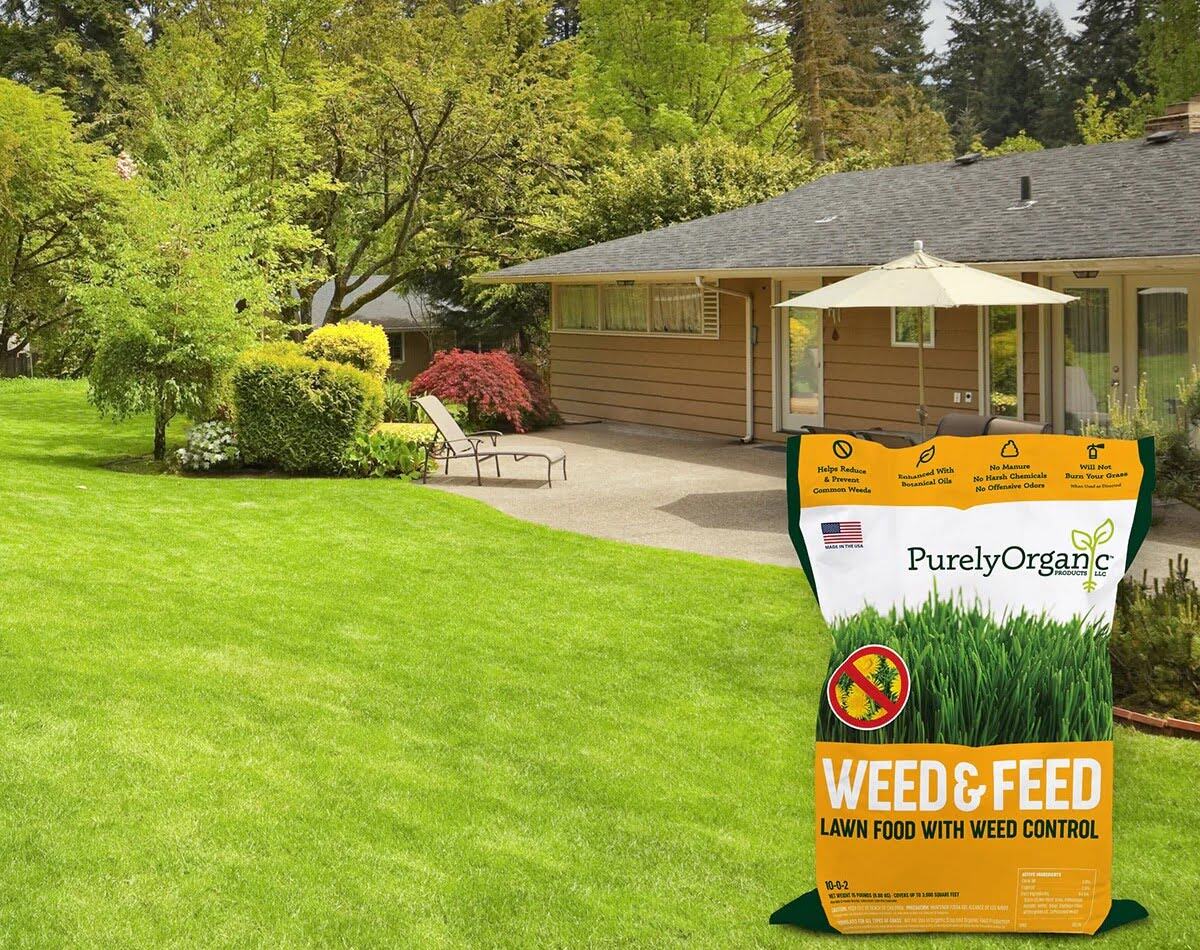
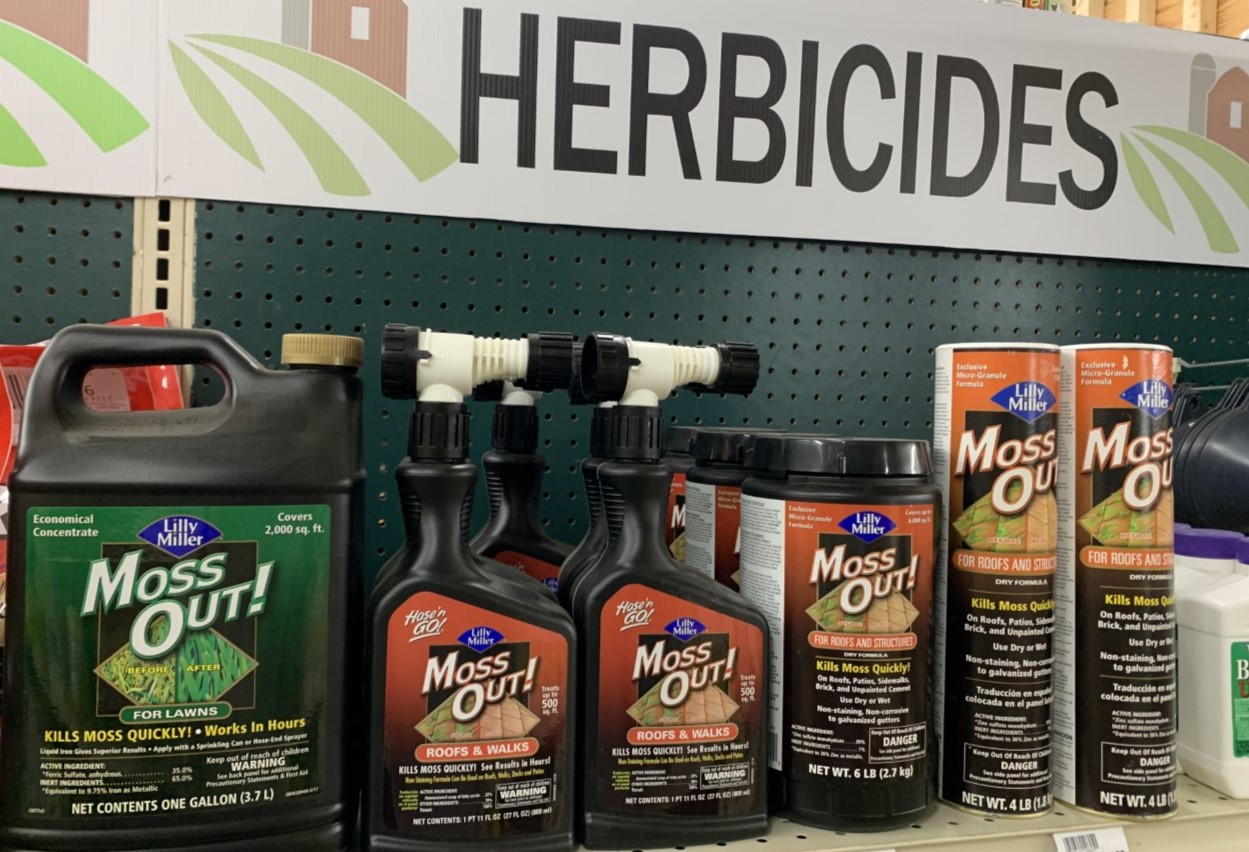
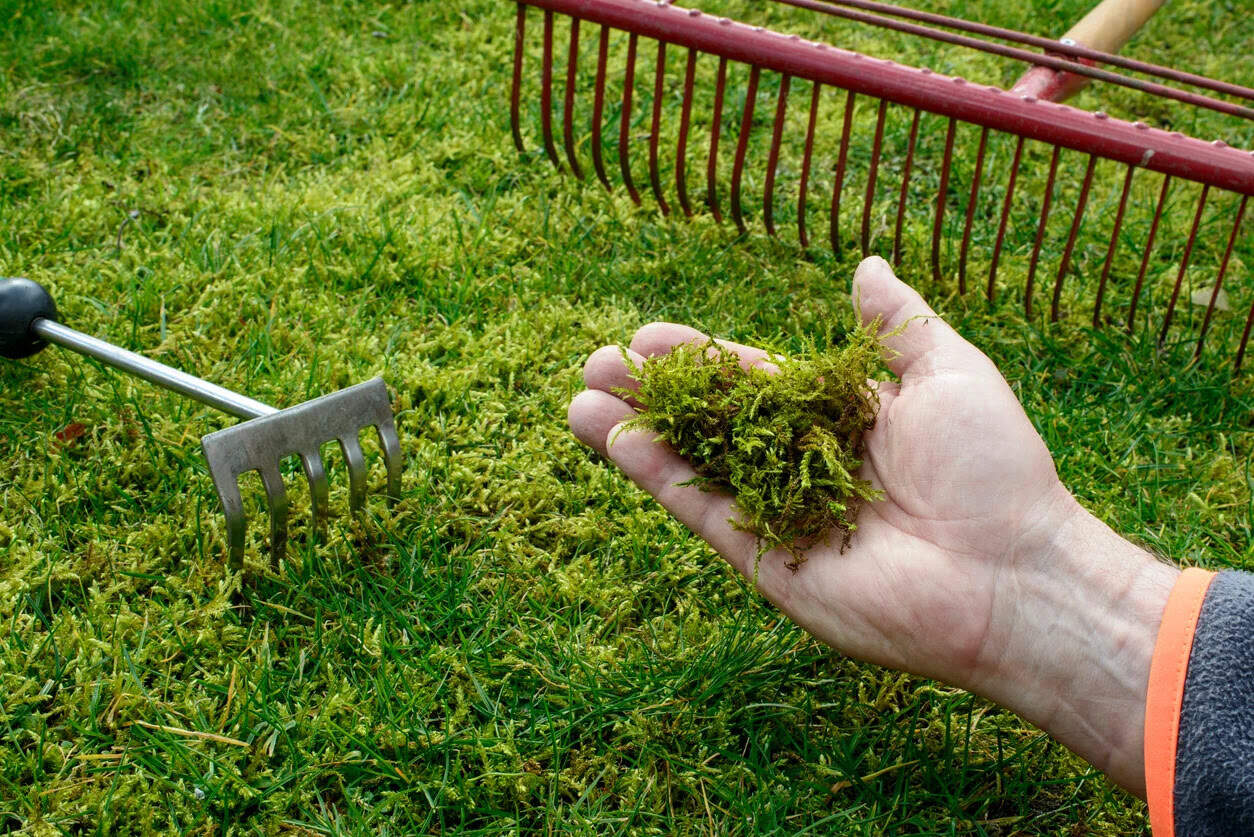
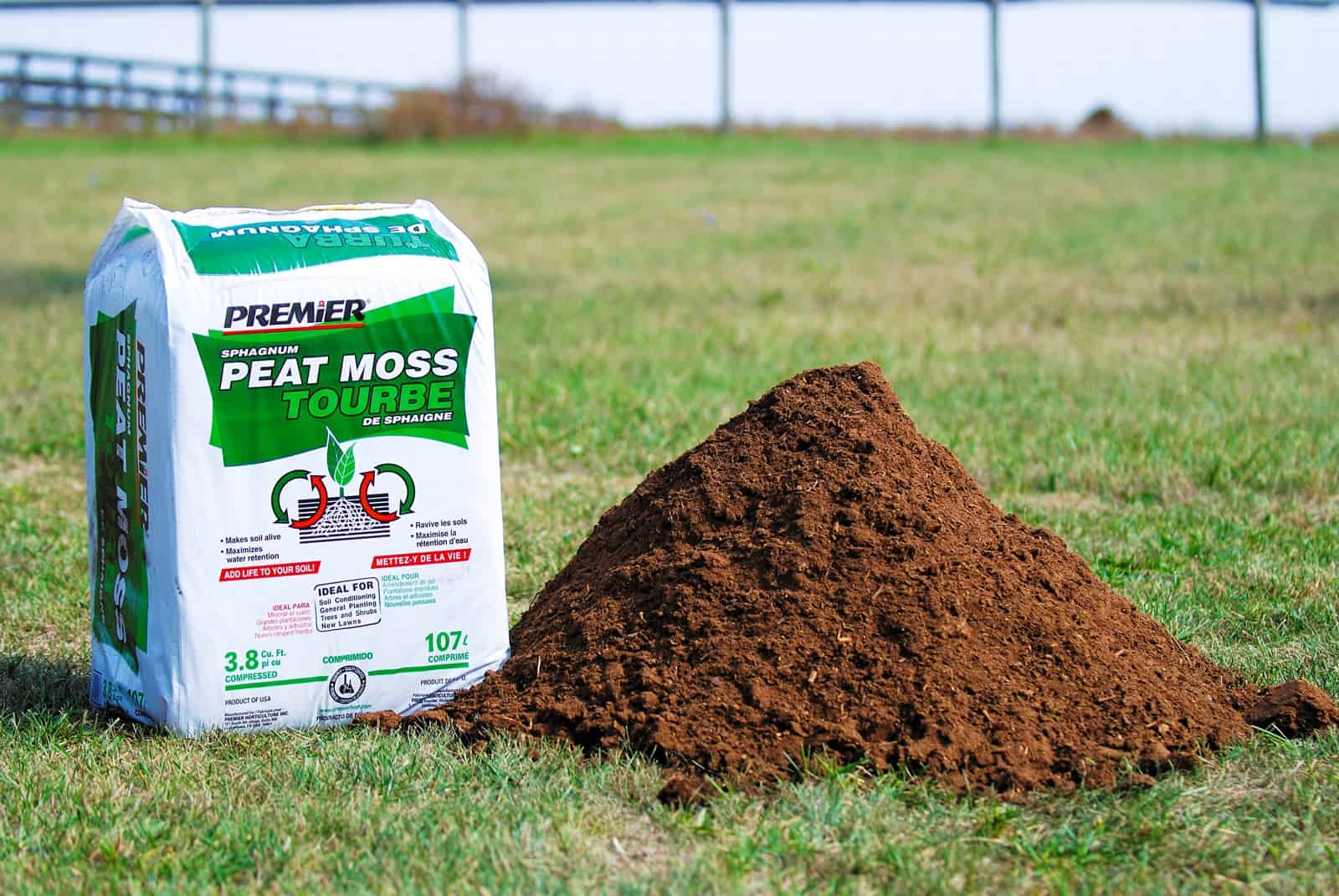
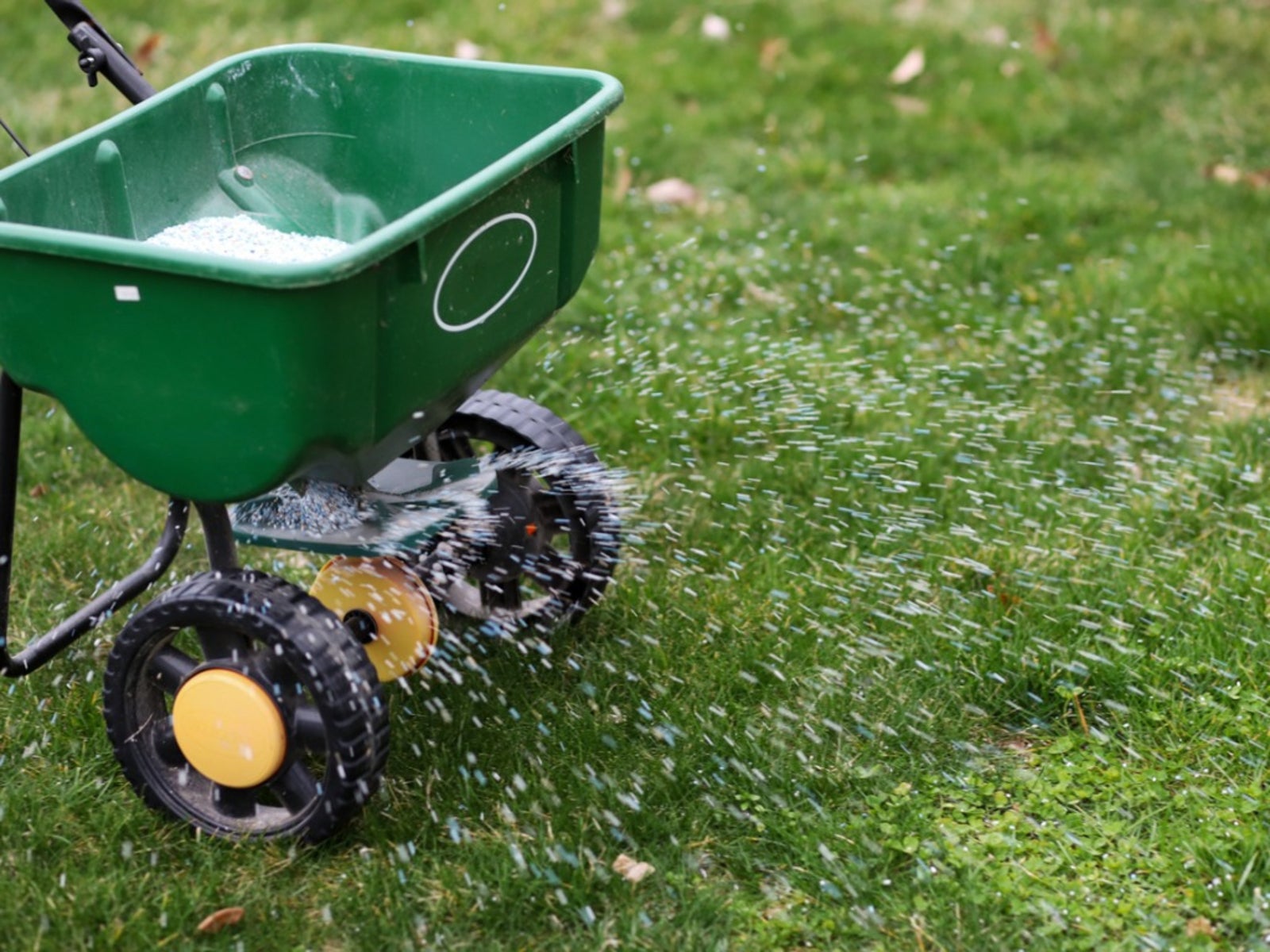
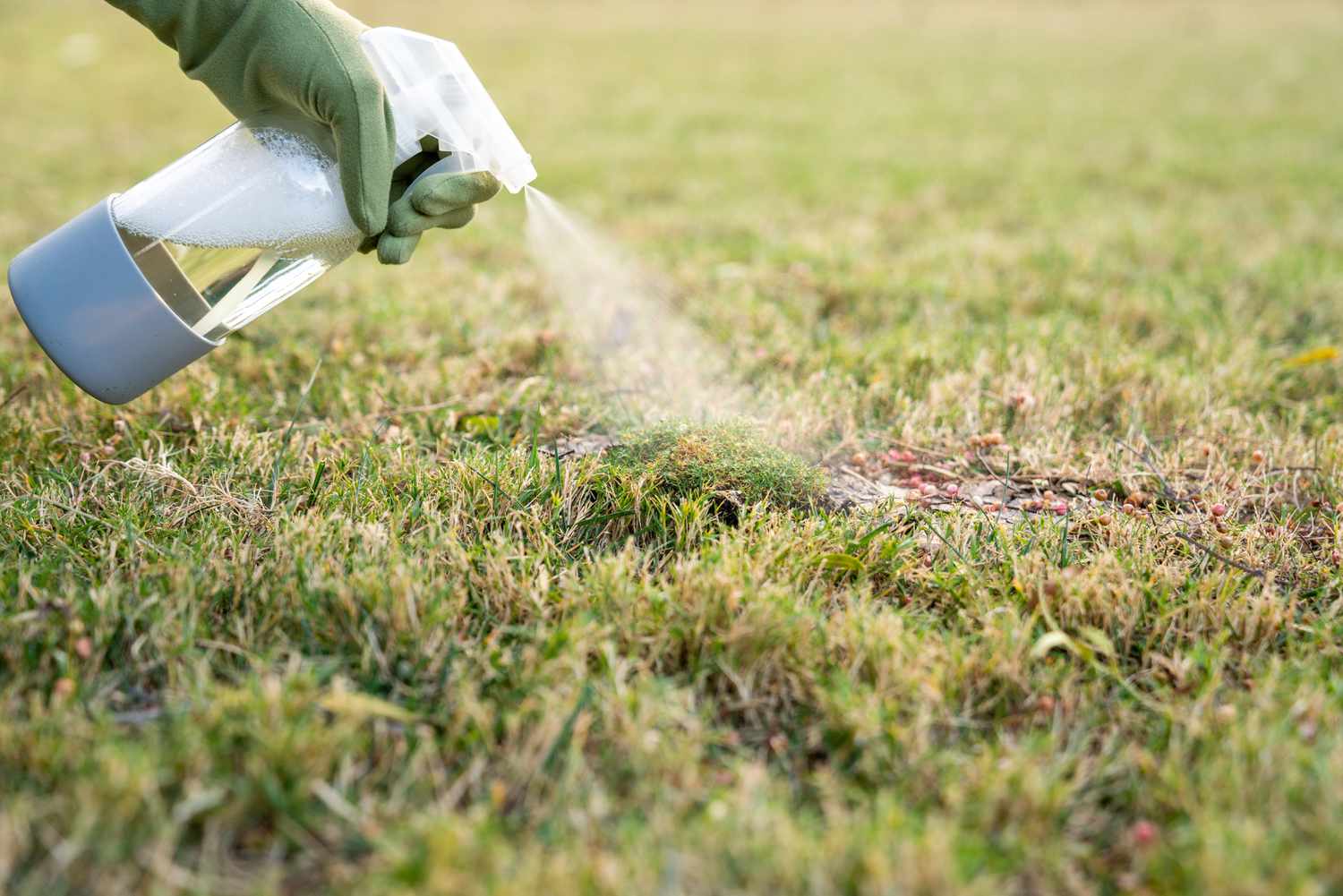
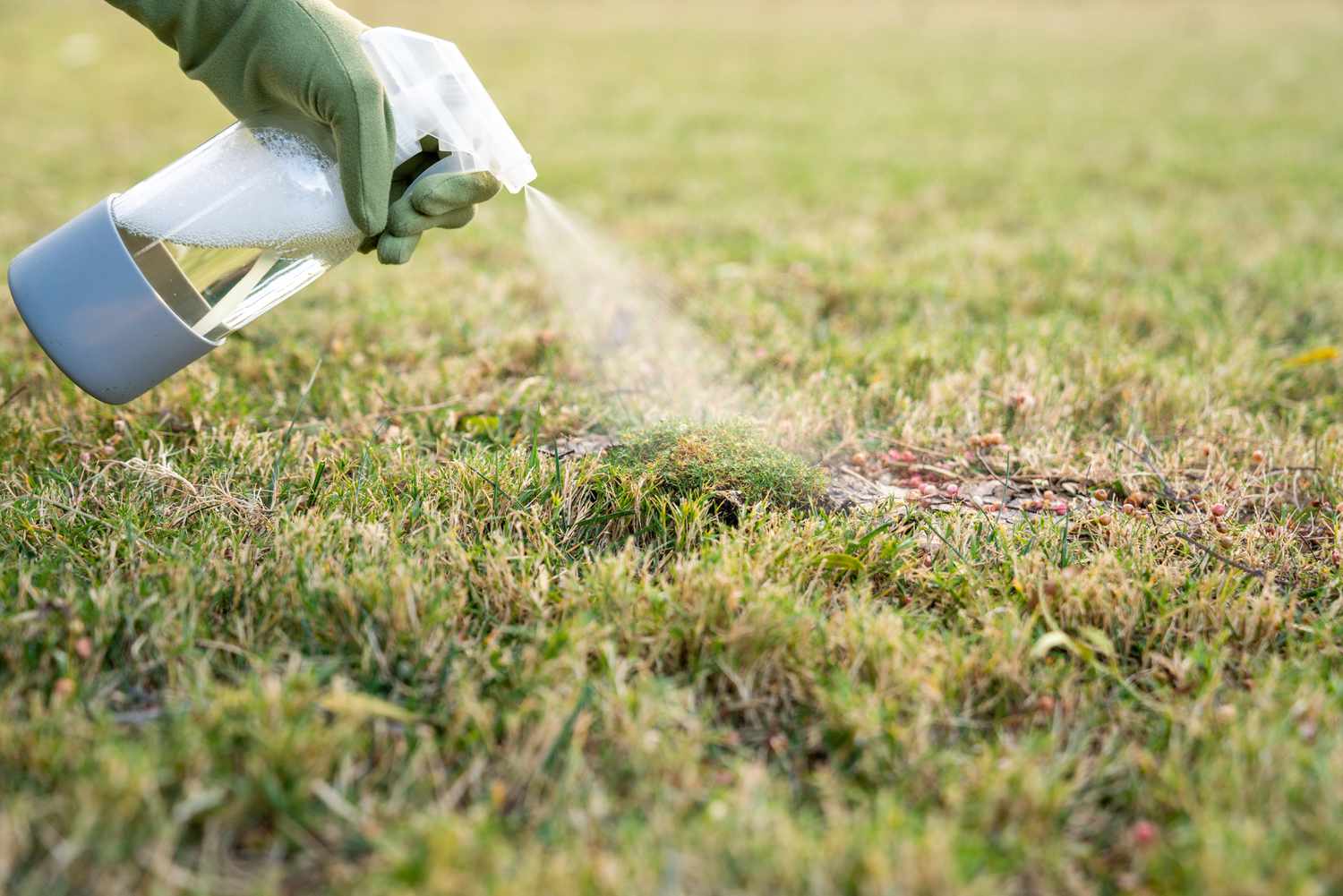
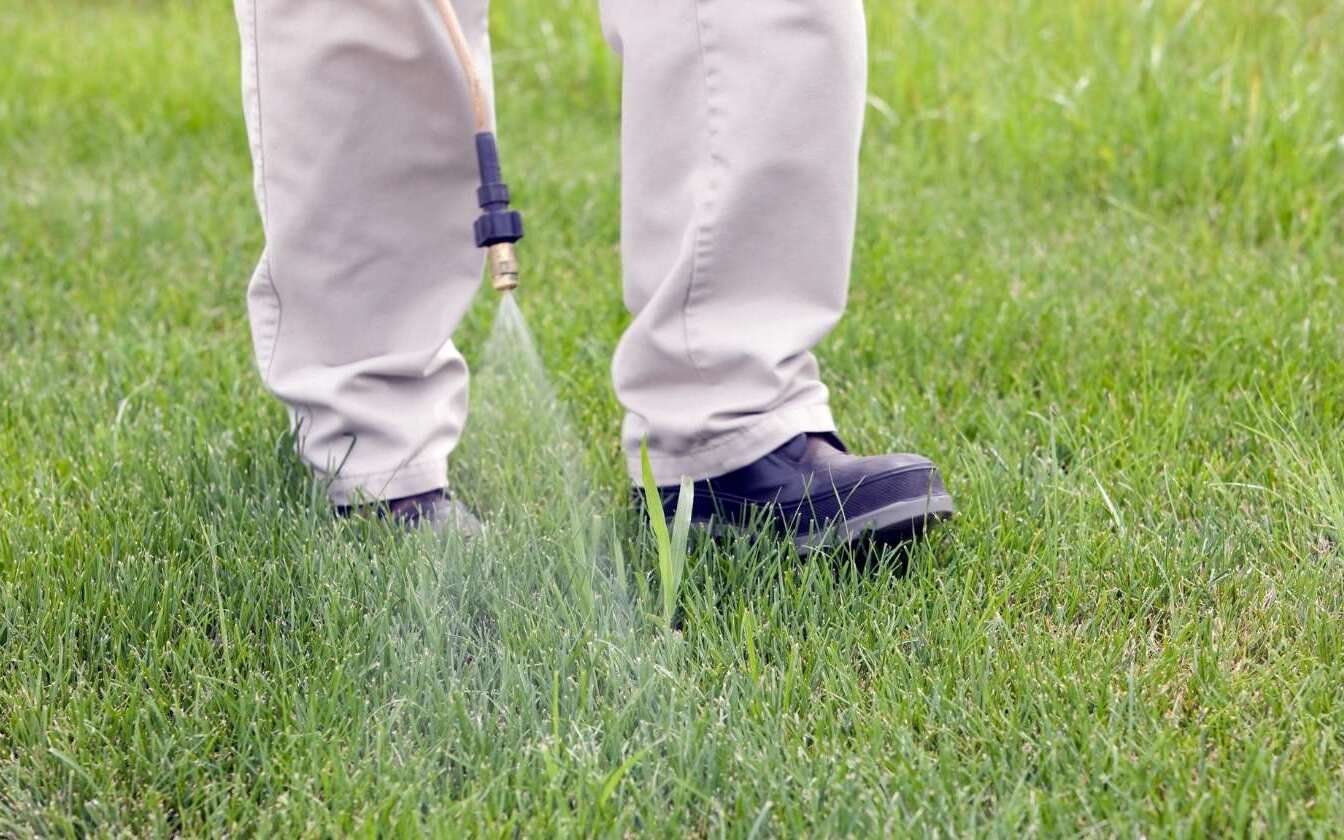
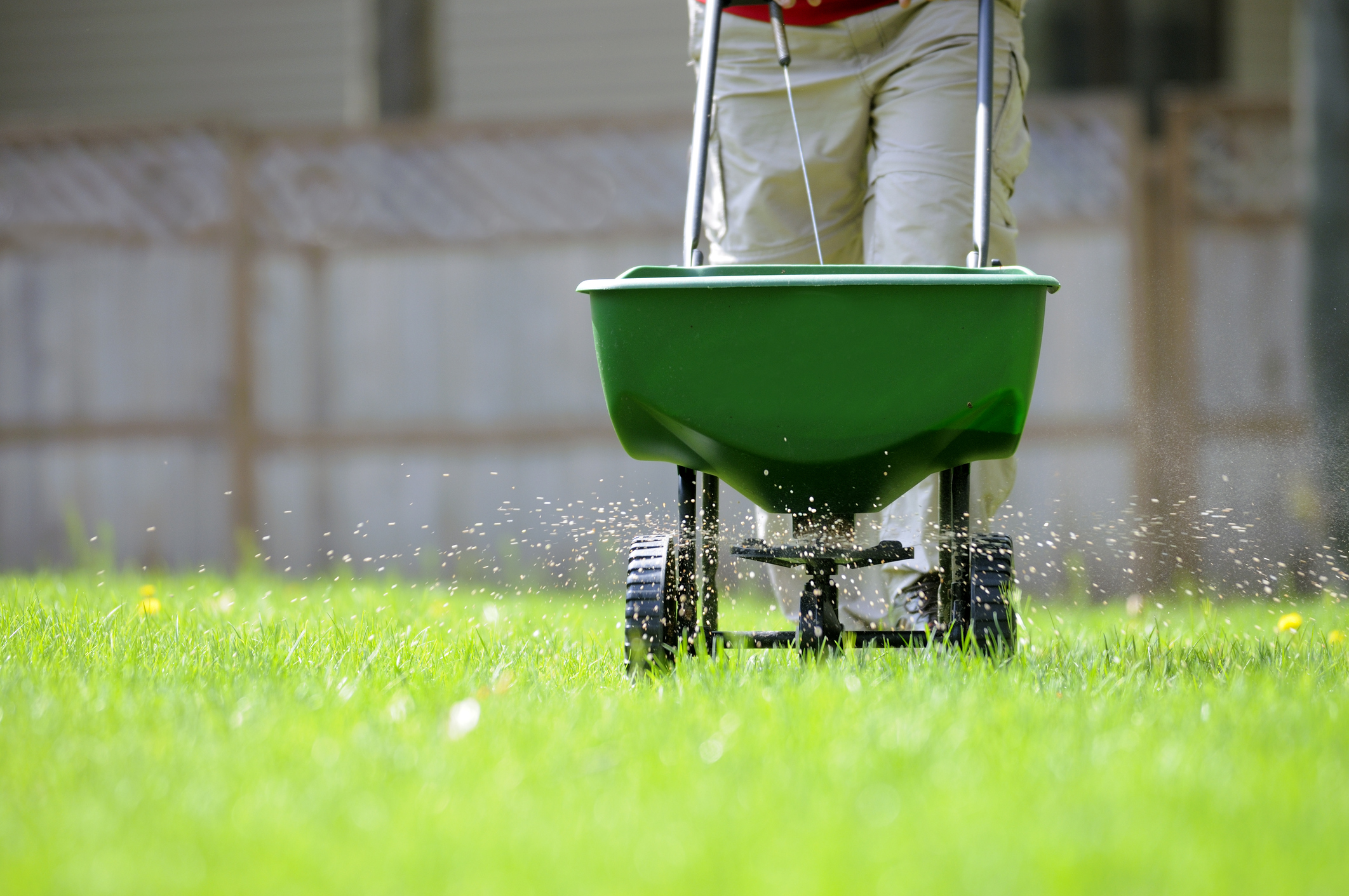
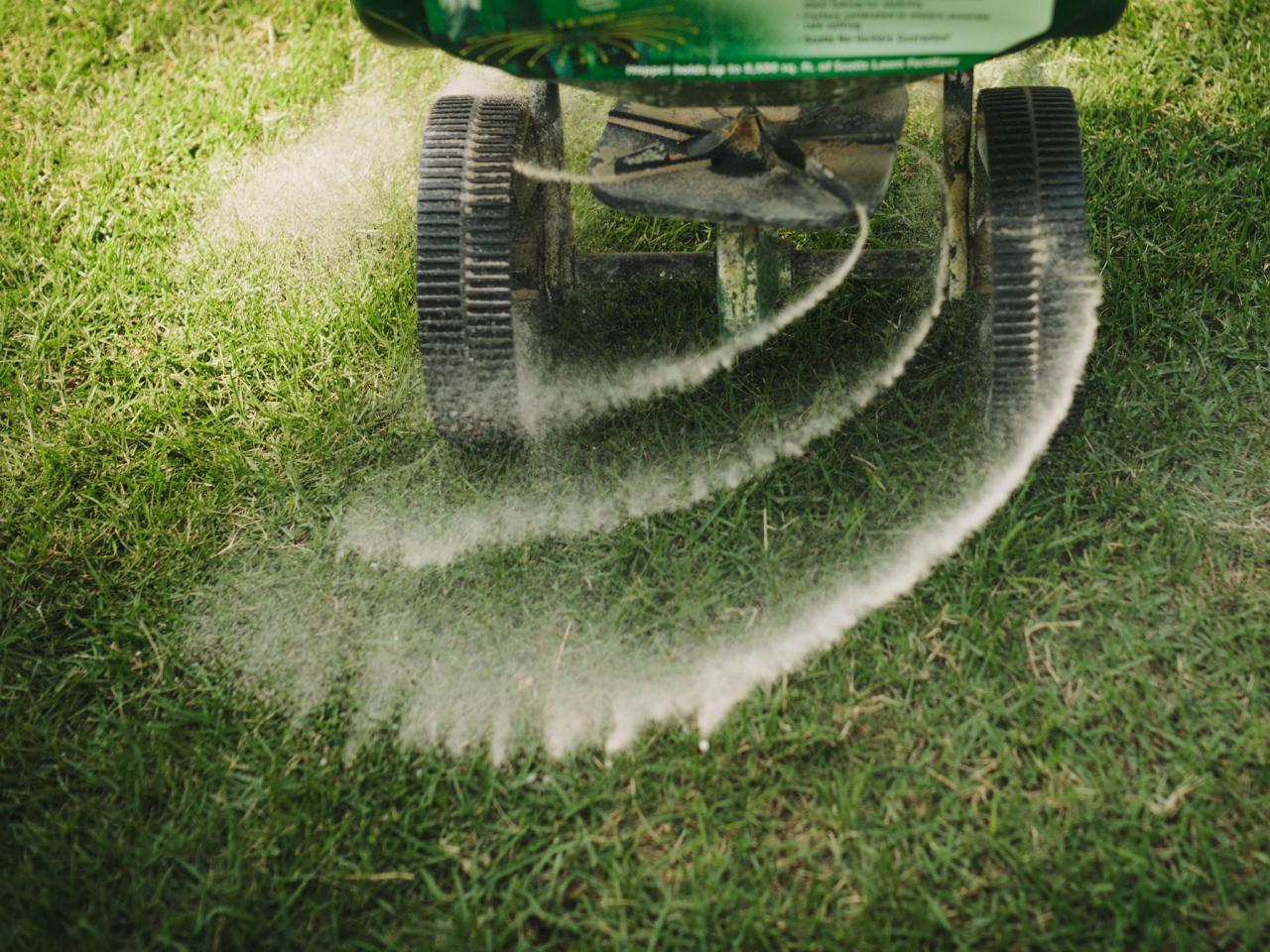
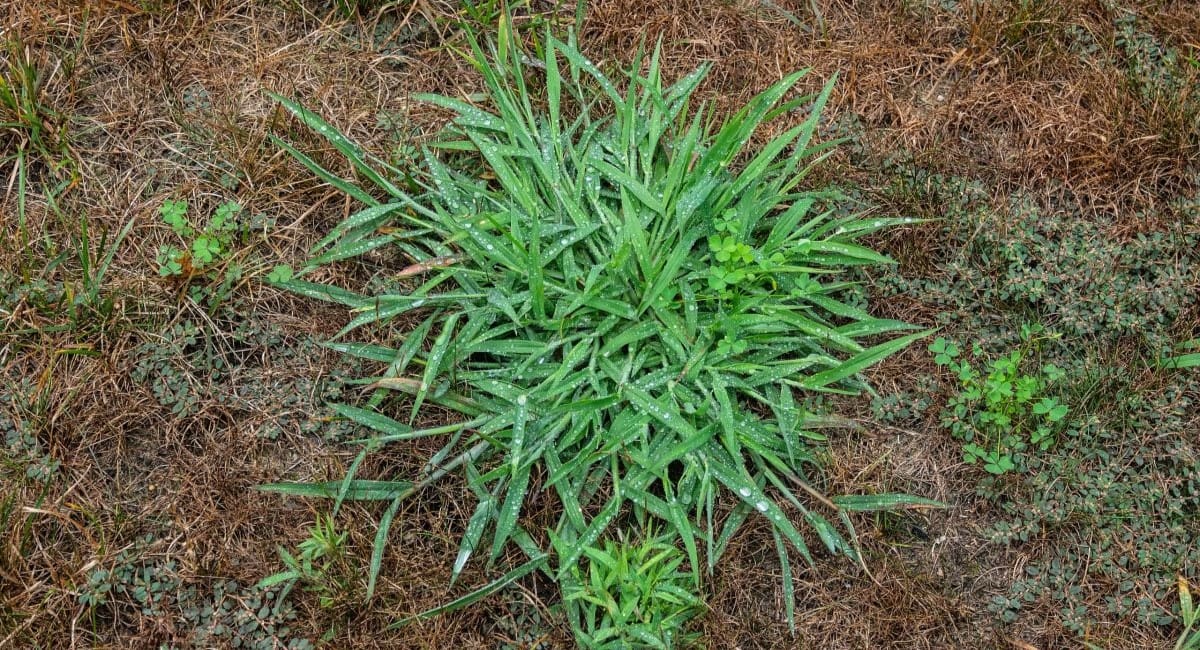
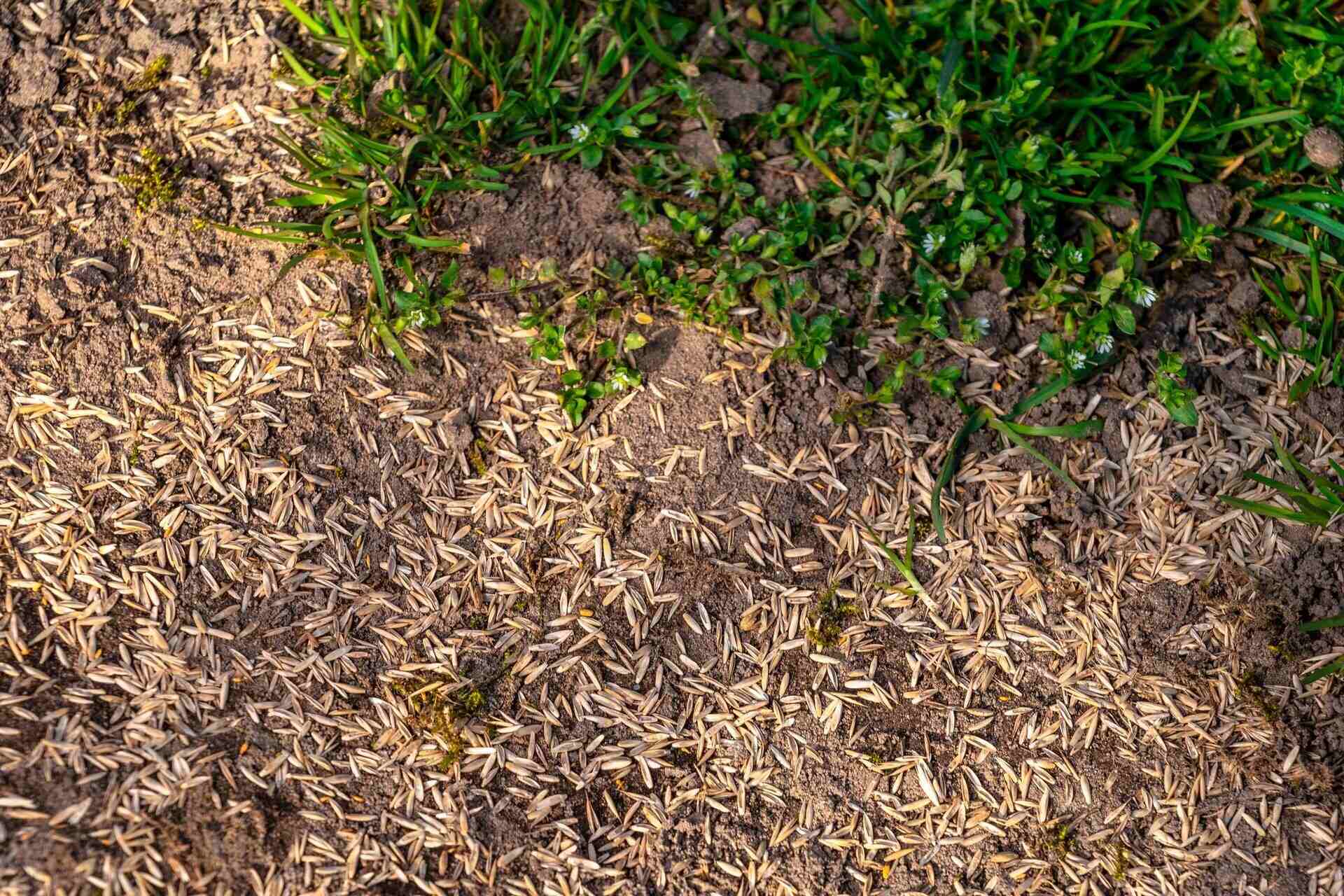

0 thoughts on “When To Apply Moss Out To Lawns”